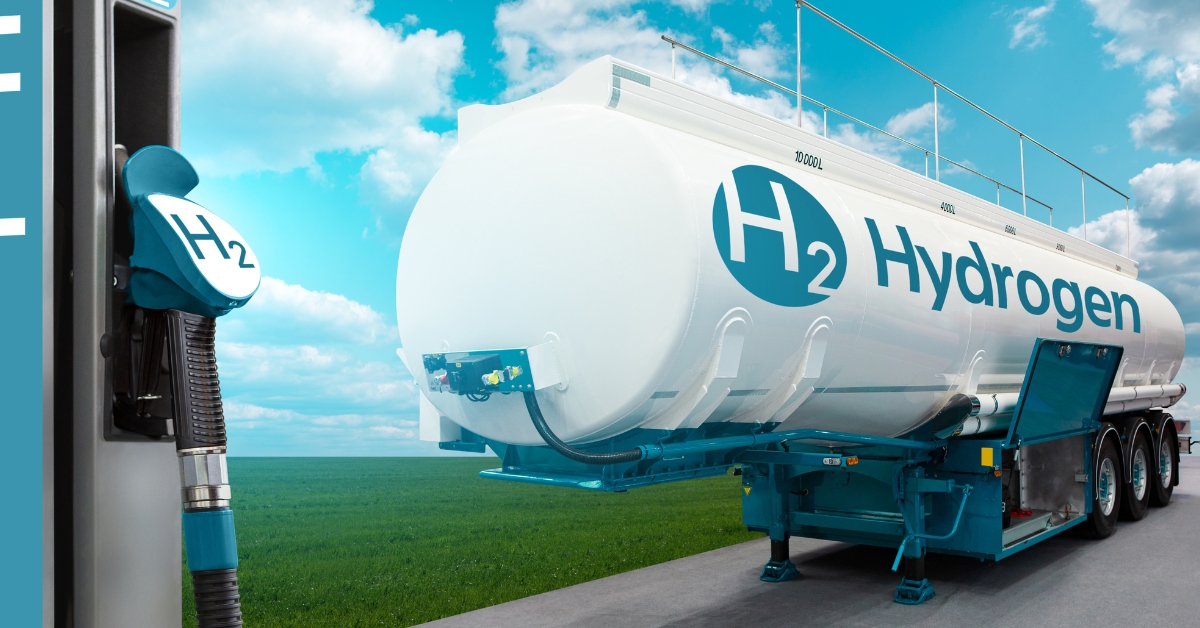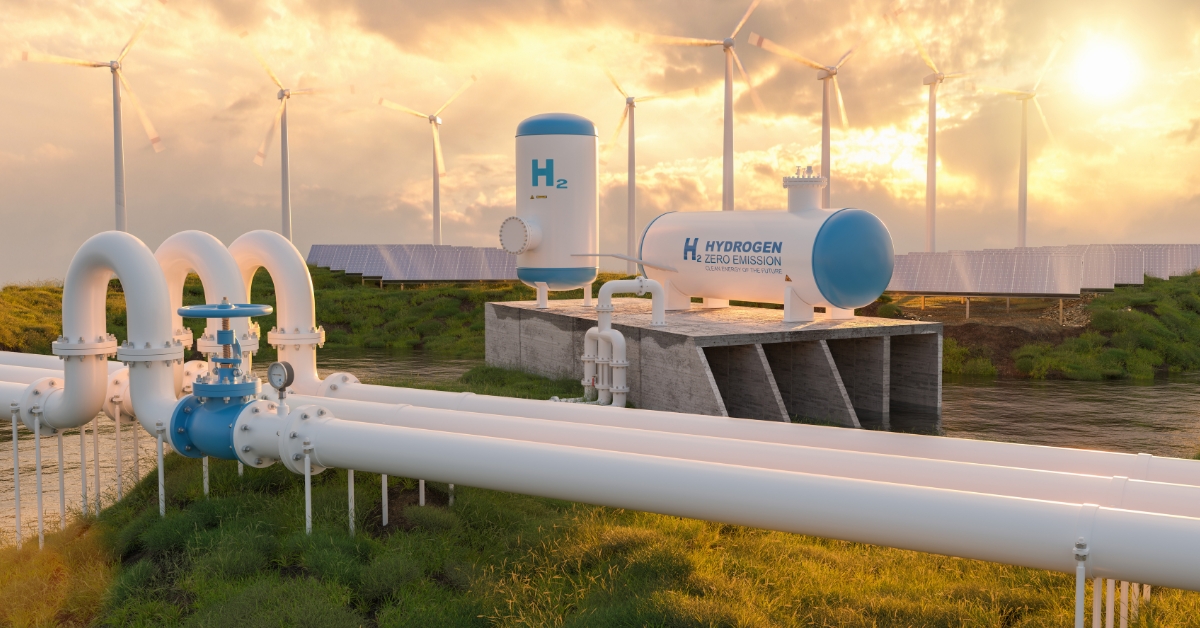Hydrogen is gaining significant attention as a clean energy source with vast potential. However, the cost of hydrogen production and distribution plays a crucial role in its widespread adoption. This comprehensive article delves into the various factors that influence hydrogen prices, shedding light on the complexities of the hydrogen market.
- Production Method: The choice of production method greatly impacts hydrogen prices. Steam methane reforming (SMR), electrolysis, biomass gasification, and other emerging technologies each have different cost structures, efficiency levels, and scalability.
- Energy Source: The cost and availability of the energy source used for hydrogen production significantly influence prices. Renewable energy sources, such as solar and wind, can reduce production costs and contribute to greener hydrogen.
- Scale of Production: Economies of scale play a crucial role in hydrogen pricing. Larger-scale production facilities can achieve lower costs due to operational efficiencies and higher production volumes.
- Infrastructure Development: The availability and adequacy of hydrogen infrastructure, including production, storage, and transportation, impact prices. Expanding infrastructure networks can reduce transportation costs and increase accessibility.
- Government Policies and Incentives: Government policies, regulations, and incentives can influence hydrogen prices. Supportive policies, such as subsidies, tax credits, and carbon pricing mechanisms, can reduce costs and promote market growth.
- Research and Development: Advancements in technology and research can drive down hydrogen production costs. Ongoing R&D efforts focus on improving efficiency, developing novel production methods, and enhancing storage and transportation systems.
- Supply and Demand Dynamics: Supply and demand dynamics directly impact hydrogen prices. As demand increases, prices may rise unless supply grows proportionately. Conversely, oversupply can lead to lower prices, emphasizing the need for a balanced market.
- Market Maturity and Competition: The maturity of the hydrogen market and the level of competition among suppliers influence prices. Increased competition and market growth can foster price reductions through innovation and efficiency improvements.
- Cost of Carbon Capture and Storage (CCS): If carbon capture and storage technologies are employed to produce low-carbon or blue hydrogen, the cost of CCS can affect hydrogen prices.
- International Trade and Market Integration: International trade agreements and collaborations impact hydrogen prices. Market integration, standardization, and cross-border cooperation can lead to price harmonization and increased market efficiency.
Conclusion: Hydrogen prices are shaped by a multitude of factors, ranging from production methods and energy sources to government policies, infrastructure development, and market dynamics. Understanding these influences is crucial for stakeholders, policymakers, and investors as they navigate the evolving hydrogen market. By addressing cost drivers and leveraging supportive policies, the path towards affordable and sustainable hydrogen can be accelerated, fostering a cleaner and more inclusive energy future.



